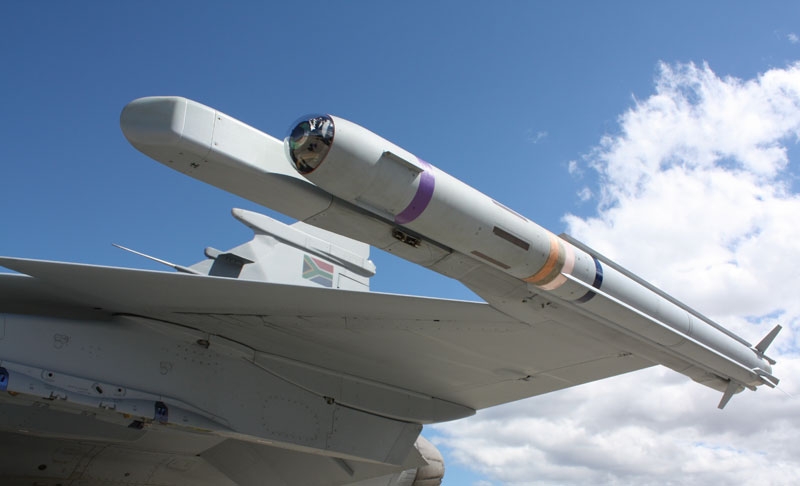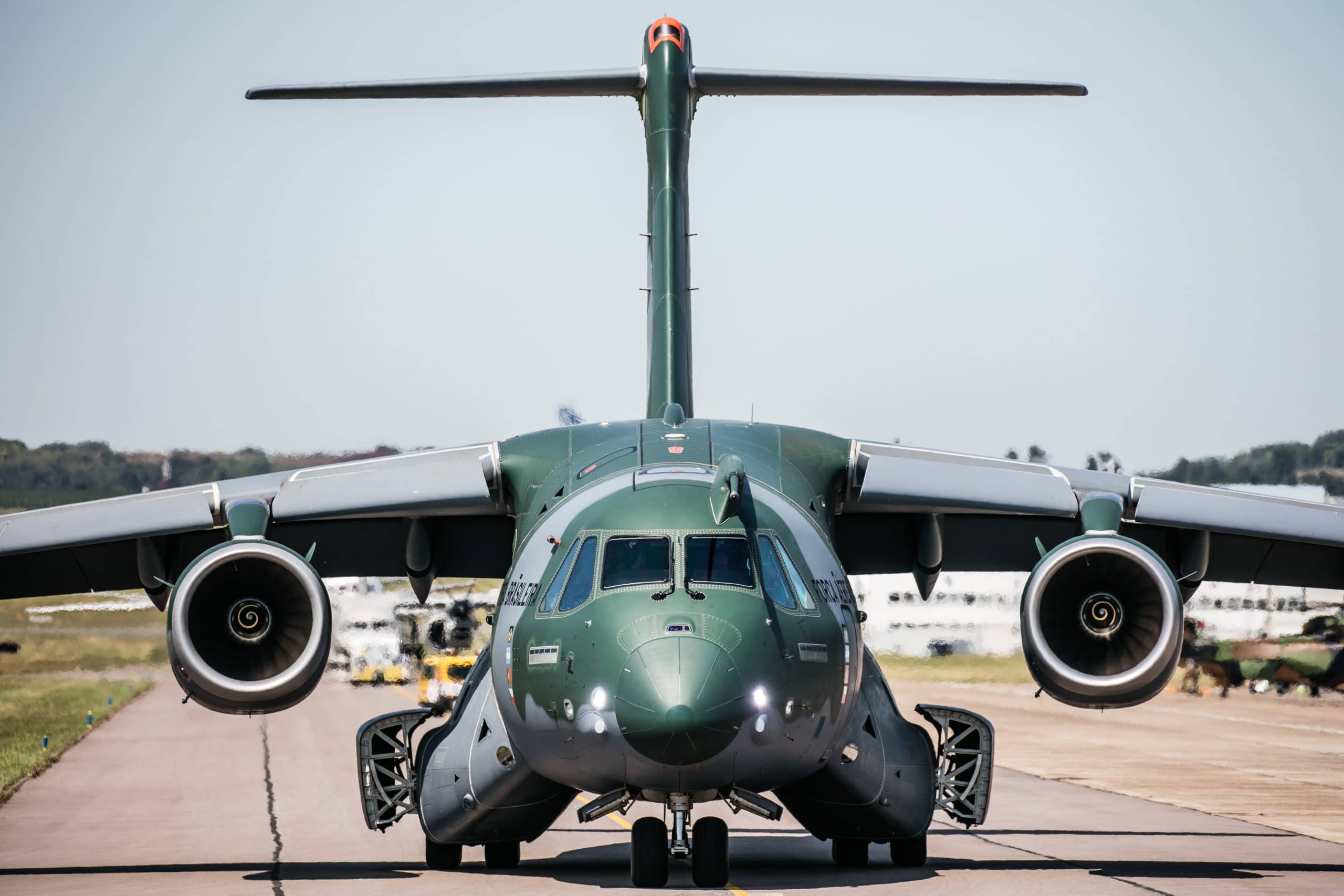2841Views 5Comments

Denel Dynamics lands Brazilian A-Darter integration contract
Denel Dynamics has received a contract from Brazil to integrate the A-Darter air-to-air missile to the Brazilian Air Force’s JAS-39E/F Gripen NG fighters (defenceWeb). Denel Group made note of the contract in its Annual Report for 2015-2016.
Brazil’s severe economic troubles cast doubt on the Brazilian Air Force’s commitment to the A-Darter, which Brazil had co-funded with South Africa to develop. The A-Darter was to be manufactured in Brazil in parallel with South Africa, but Brazil has yet to commence with the production project.
The A-Darter is a fifth-generation high off-boresight (HOBS) air-to-air missile (AAM). Originally a project of Denel Dynamics, Brazil’s Avibrás, Mectron and Opto Eletrônica joined as partners on the heels of Brazil’s decision to partner and help fund the A-Darter. The A-Darter is equipped with an imaging infrared seeker that can be slaved to a helmet-mounted display and sight system, and thrust-vectoring nozzles for close-quarters maneuverability. It is marketed as an alternative to the AIM-9X, Python 5, and IRIS-T.
Notes & Comments:
The integration contract is a promising sign for the A-Darter in that it opens the possibility of follow-on orders from the Brazilian Air Force when its JAS-39E/Fs are ready for operational use. The fate of Brazil’s planned A-Darter production line is not known.
Furthermore, it is important to note that the A-Darter itself may see increased competition from within Brazil itself, especially with the onset of Israeli vendors entering the Brazilian defence industry through local subsidiaries and partnerships. An Israeli-Brazilian firm could push the Rafael Python 5.
South Africa’s Denel Group is banking on third party export orders. In fact, Denel Group will be exhibiting at the forthcoming International Defence Exhibition and Seminar (IDEAS) due to take place in Karachi from 22 November. The Pakistan Air Force (PAF) is – or at least was – interested in the A-Darter for use on the JF-17 Thunder lightweight multi-role fighter.



5 Comments
by Matthys Jacobs
If Denel receives another external export to say Pakistan it will achieve economies of scale and allow the JF-17 Thunder to have an alternative 5th Generation IR A2M to the Chinese PL-10.
Although the Iris-T has many benefits, the most likely clients for the JF-17 might not be able to purchase the Iris-T.
by bill
if possible Pak should get tot by starting jv for WVR HOBS and BVR with SA or Brazil as despite much progress by China their A TO A arsenal looks to be little behind western ones. Though I personally believe that Chinese A to A missiles are based on Ruskies tech yet they have improved and addressed many shortcomings of Russian Missiles.
Comparison is like that: USA Missiles>EU/RSA>Chinese>Russia
by bill
Can somebody inform me about Pirana 1b WVR missile status in Brazil.
by Matthys Jacobs
Over the last several years the EU and Russia have caught up in some aspects of Missiles.
The US as an example has lost their qualitative edge in the BVR missile to the EU and Russia. In terms of seeker technology and countermeasures Israel has a major qualitative edge as well.
In the IR short range air to air space, the EU with the IRIS-T and South Africa with the A-Darter has bridged the gap substantially between the US latest AIM-9X.
Although Chinese missiles have good capabilities on paper because of their borrowed IP during testing their performance has been lacklustre and this is why you see several deviations from their initial displays and why they still use Russian and Israeli missiles for WVR.
Russia actually has a major qualitative edge in the surface to air front however because of the huge number of variants they have in place it obviously leads to a logistics expense. Commonality is the new space where most companies now try to succeed in.
The US, EU, Russia and China would never allow TOT within missile development in the 5th Generation space.
From my understanding the only countries that have done this are Israel and South Africa.
Israel would clearly never allow any TOT with Pakistan therefore the most obvious development partner would be South Africa.
If Pakistan and South Africa perhaps partnered on a Common Anti-Air Modular Missile for applications for surface-to-air and air-to-air for use on aircraft, ships and land based providing a “common solution” to the air, land and maritime environments. It would have a great 5th Generation capability. A good platform to start off would be the A-Darter.
After such time, it could be extended into the BVR space for HIMAD purposes and if funds permit the two countries could in theory develop a competitor to say the S-300 which would have commonality across all applications thus reducing the cost and having a niche product that is bespoke and well cost for developing countries which cannot afford the cost whether monetary or political nor training for using Western or Traditionally Eastern Platforms.
by Matthys Jacobs
One of the contractors is currently being acquired by an Israeli firm so the development has stalled somewhat.
Although it should be ready for integration by late 2017.
It is a 4th Generation Air-to-Air short range IR missile.
Why would Pakistan go for that when there are 5th Generation alternatives available?